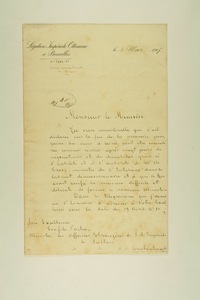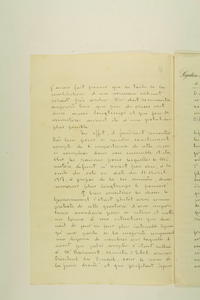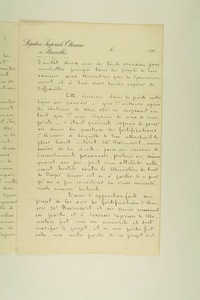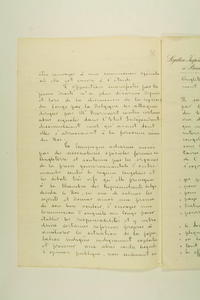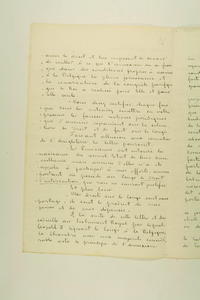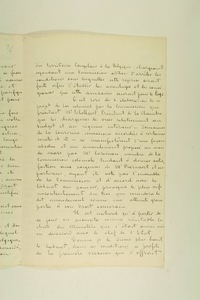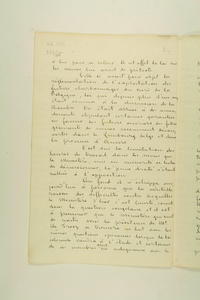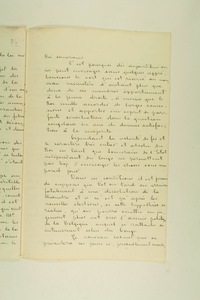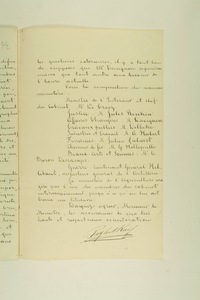Ottoman Diplomats
Letters from the Imperial Legation in Brussels (1849–1914)
Synopsis
Crise ministérielle en Belgique
After twenty days of negotiating, the Belgian governmental crisis was solved. The success of the negotiations had to be attributed to De Trooz, who was Minister of the Interior in the previous government, and who was charged by King Leopold II to form a new government. Raghib Raïf Bey explains the importance and the cause of the crisis: the immediate cause was the law on mining, but the scission within the Catholic Party was the actual cause. During the discussions concerning the fortifications in Antwerp, Auguste Beernaert and other Catholics (the Christian democrates of the ‘jeune droite’) opposed the proposal of the Catholic De Smet De Naeyer government. Beernaert also attacked the Congo regime and the abuses in Congo Free State. Those were also criticized by the public opinion in other countries. King Leopold II sent a committee of inquiry to Congo. Raghib Raïf Bey quotes parts of a letter from King Leopold II, in which the latter explained why he wanted to annex Congo Free State. Raghib Raïf Bey underlined the part in which the King stated that no other country had the right to intervene. It was during the parliamentary debates concerning Congo, that the scission within the Catholic Party became even more clear. An amendment to the bill could satisfy Beernaert and his political friends. Consequently, the House of Representatives passed the bill on the annexation of Congo. The amendment, however, did not please the King, as he considered it to be a serious attack on his sovereignty. At that point, Raghib Raïf Bey notes, the fall of the government was inevitable. The law on mining just served as a pretext, as the first occasion on which the government could resign. The real stumbling block was the Congo Question. As the new government also had to address this question, Raghib Raïf Bey was worried about its future. In the remainder of his report, he describes the composition of the new government, of which De Trooz was the new Prime Minister. De Trooz also kept his portfolio of the Interior. It would be a homogenously Catholic government, with two members from the previous government (De Trooz and Liebaert), two members of the ‘jeune droite’, and three clerical-conservative members. Davignon was the new Minister for Foreign Affairs, who had not played an important role in the Congo discussions. Raghib Raïf Bey writes a bibliographical note about him, and seems to consider him a good choice.
Facsimiles
How to cite
If you use this website for your own research, we kindly ask you to mention the following reference in your publications:
Consulted online at Ottoman Diplomats: Letters From the Imperial Legation in Brussels (1849–1914) (2014 Edition), Centre for Political History (PoHis), University of Antwerp, <http://dighum.uantwerpen.be/ottomandiplomats/>.
